With narrations by Gül Ersan and Ertuğrul Gazi Gönül from ORÇEV, we provide an informative account of project areas we visited on our field trip where we traced the destruction in the Melet Basin. You may access the videos via the QR codes on the previous page.
1) Fill Area

“We are currently at the estuary of the Melet River. This river stems from the territory of the Ortaköy village in the Koyulhisar district of the province of Sivas. After traversing Koyulhisar, it passes through Mesudiye, Kabadüz, Ulubey, and the center of Ordu, to flow into the Black Sea. According to a project by the Ordu Metropolitan Municipality, this shoreline will be filled in starting outside the Soybean Oil Factory up to this point to build a 15-meter-wide road. The same project plans for two 30-meter-wide breakwaters at the mouth of the river, one 700 meters long and the other 390 meters long. Melet also serves as spawning grounds for fish and is a prime fishing site in Ordu. This project, therefore, spells the end of Ordu’s already dwindling fishing sector. Another important risk is that the construction of two breakwaters will prevent the river from carrying alluvial deposits into the sea, which will result in sea-water encroachment. Since sand will not be able to shift eastward in the fill area out front of the Soybean Factory, the west side will begin filling up with sand. What we will see in front of today’s Soybean Factory will no longer be the sea, but dunes instead.”
Ertuğrul Gazi Gönül
2) ORDU HEPP
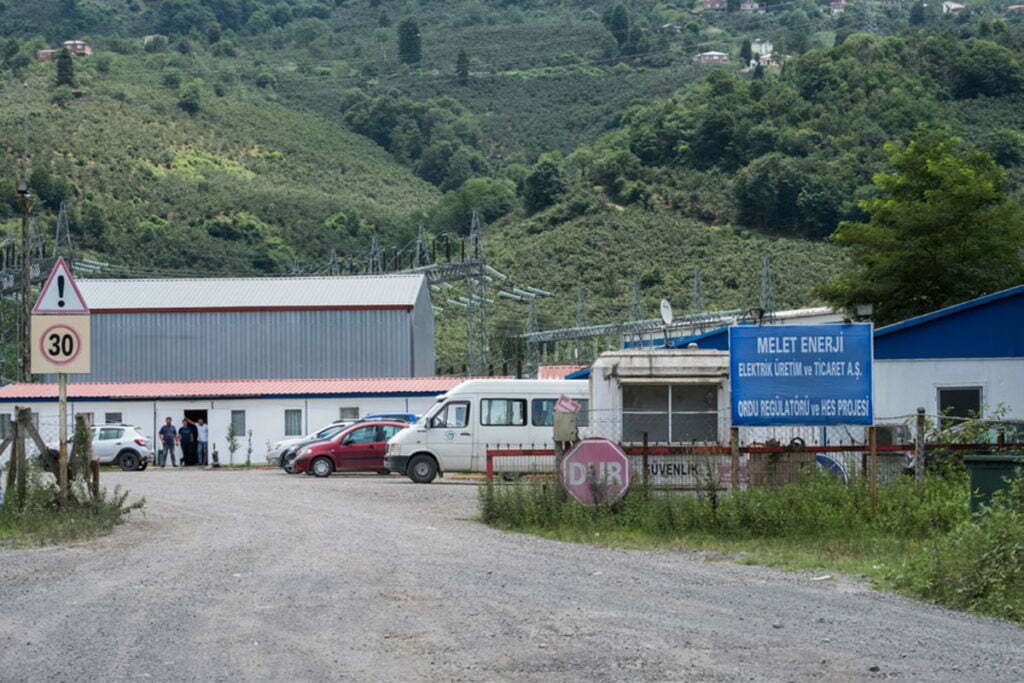
“There are 7 Hydroelectric Power Plant (HEPP) projects on the Melet River within the boundaries of the Ordu province. The Ordu HEPP behind me is the first of these power plants starting from the Black Sea side, and the rest follow further upstream. When the construction of this HEPP began it did not yet have a permit. Back in 2010, we heard that some work was being done out here, and we came to check it out. It involved work on the river bed and road-building. So we filed a complaint with the Provincial Directorate of Environment and Urbanization. When nothing came of this complaint, we sought recourse at the Prosecutor’s Office. The Prosecutor ordered a survey to be carried out in the area. The response we then received from the Governor’s Office stated that there were 5 HEPP projects in the area, 3 had been halted due to various breaches and 2 had been canceled. In 2011, the Environmental Impact Assessment (EIA) returned a “positive” conclusion, deeming the project admissible. And then we took the matter to court. We didn’t have a lawyer back then; this was probably our first lawsuit. After a lengthy and protracted process, the Administrative Court dismissed us saying we lacked the capacity to sue, as apparently only residents of neighborhoods where HEPPs were built were entitled to bring a lawsuit against them. We, on the other hand, are people living in different districts around Ordu. The Ordu Administrative Court ruled against us and the Council of State affirmed this decision – except for the Deputy President of the Council of State, who voted to overturn.”
Gül Ersan
3) Kozbükü HEPP
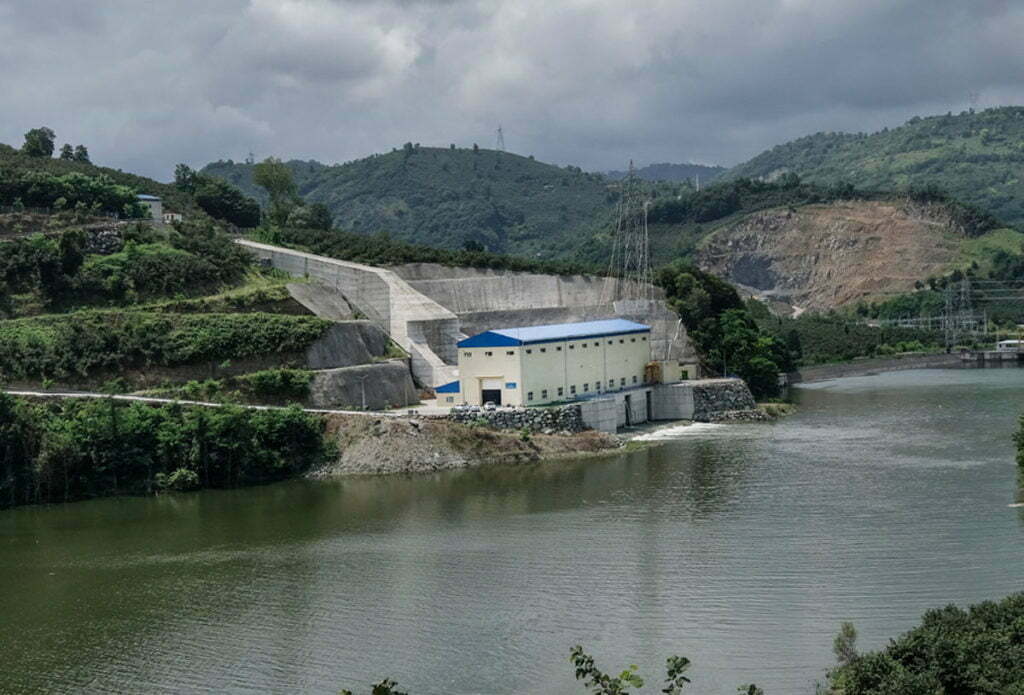
“The Kozbükü HEPP is the second hydropower plant on the Melet River after the Ordu HEPP from the Black Sea side. It received a “positive EIA” report in 2008. When we filed a lawsuit against it in 2011, the Ordu Administrative Court once again rejected us on grounds of lacking the capacity to sue. Only the chief judge dissented, stating that everyone living in Turkey was entitled to file such a lawsuit and that this was a constitutional right. We appealed against this decision to the higher court. The Council of State, being the appellate court, affirmed our lack of capacity. We requested a correction of the decision. The Deputy President of the Council had cast a dissenting vote in the initial procedure. Two members cast dissenting votes during the correction procedure, yet unfortunately we were unable to follow through with these court cases. The Constitutional Court also turned us down. After all of this, I lodged an individual application to the European Court of Human Rights, and am waiting for its outcome.”
Gül Ersan
4) Excavated Material Disposal Site
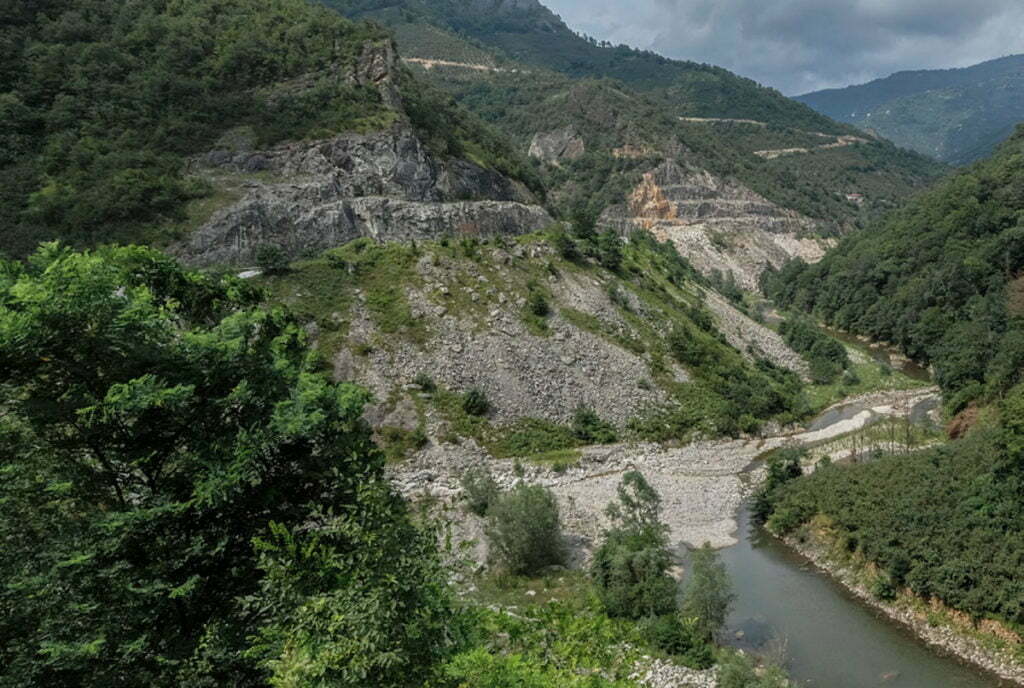
“This road is known as the Ordu River Way. It was planned in recent years as a highway connecting the Black Sea to the Mediterranean, and road widening works are underway. A decade ago this was used as an access route to the HEPPs in the area, and all the excavated material dug up to widen the road was dumped directly into the river bed. We documented this and informed the authorities. Our petitions were to no avail. We even went to the Association of Elected Neighbourhood Heads (Muhtar) in Ordu and made a presentation to them, but the neighborhood heads accused us of “being against road-building and development.” The Melet River simply gets no break. Sometimes the response we receive to official complaints we file is, “The advance payment has been made” – meaning there is nothing to be done. The law basically says: “You’re allowed to pollute for a fee.”
Gül Ersan
5) Darıca II HEPP
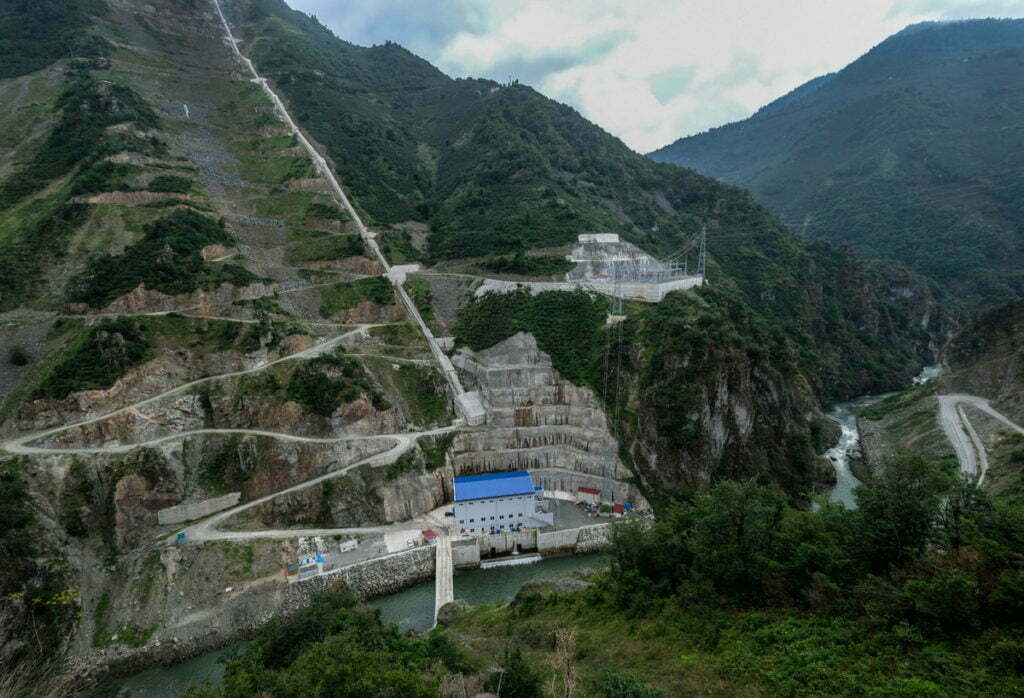
“This is where the water coming from the Çambaşı Dam meets the Melet River, and here is the Darıca II Hydroelectric Power Plant. Water from two streams that would otherwise feed into the Turnasuyu River is held back in the Çambaşı Dam and is then redirected here through channels and penstocks into the bed of the Melet River to generate energy at this location. As the wastewater produced during the building of the Çambaşı Dam was not being kept in stilling basins long enough to sediment, the excavated material from the construction site was released directly into the stream. This meant those wastes would make it into the Melet River. We filed a criminal complaint at the Prosecutor’s Office. A public action was brought against the company, and an expert was commissioned to assess the site. Tests carried out revealed that the water held over 566 times the critical load for lethal metals. Despite this, however, the court-commissioned expert reported this to be a ‘negligible problem’ – and unfortunately, the company got off scot-free.”
Gül Ersan
6) Çambaşı Dam

“After being chased out of the Kastamonu Loç Valley, ORYA Holding embarked on a massive HEPP project by building this dam at the İkidere township in the Kabadüz Turnalık region of Ordu. Two streams that would normally have contributed to the Turnasuyu, meaning they would have flowed into another river east of the Melet River, were rerouted into this dam. The water collected here will be conducted down to the Melet River through pipelines and channels, where the power plant will soon begin generating electricity. This used to be the campsite of the Volkswagen Beetle (“Vosvos”) Festival – one of Ordu’s sources of pride. Beetle drivers from all over Turkey and even other countries would come out and camp here. They would tour the area and visit other plateaus. It was a wonderful occasion to promote Ordu, but this HEPP was still built here despite all the objections. We filed a lawsuit against this project as individuals. Unfortunately, the Administrative Court rejected us on grounds that we weren’t residents of this particular district. We still kept a close eye on the work being carried out here. Through this, we ascertained that they were violating the EIA reports and the commitments they had made, which we reported to the Prosecutor’s Office. What kinds of violations were these? For one, they would randomly dump the material they excavated all over the place. Along with the rocks and soil, they would also haphazardly dispose of metals they dug up while building channels. They would even release wastewater that needed to sit in stilling basins directly into the riverbed. Thereon, a public action was brought by the prosecutor and an expert was commissioned, who came to assess the site. The assessment revealed that the water held 566 times the critical load for hazardous materials from the disposal point onwards. The report then said “Wastewater is being diluted as it moves further downstream” – and the company was not penalized for this. There is this practice we come up against often, which is ‘advance payment.” The common understanding is one of “If I pay, I can pollute.” They have taken constant advantage of this legislation, dumping their waste on forest land and riverbeds, and draining their construction sites onto public roads and highways. What did they do to win over the inhabitants of the area? They gave out the pebbles they extracted to communities such as those of Taşbaşı and Çelikkıran. People built driveways in front of their homes using these stones and pebbles. All through the month of Ramadan they offered free sahur and iftar meals. The presence of workers increased the demand for local businesses, where there was one butcher there became two, one bakery grew into three. Eventually the people of the area began suffering the consequences and were disturbed, but it was too late, the deed had been done.”
Gül Ersan
7) TOPÇAM HEPP
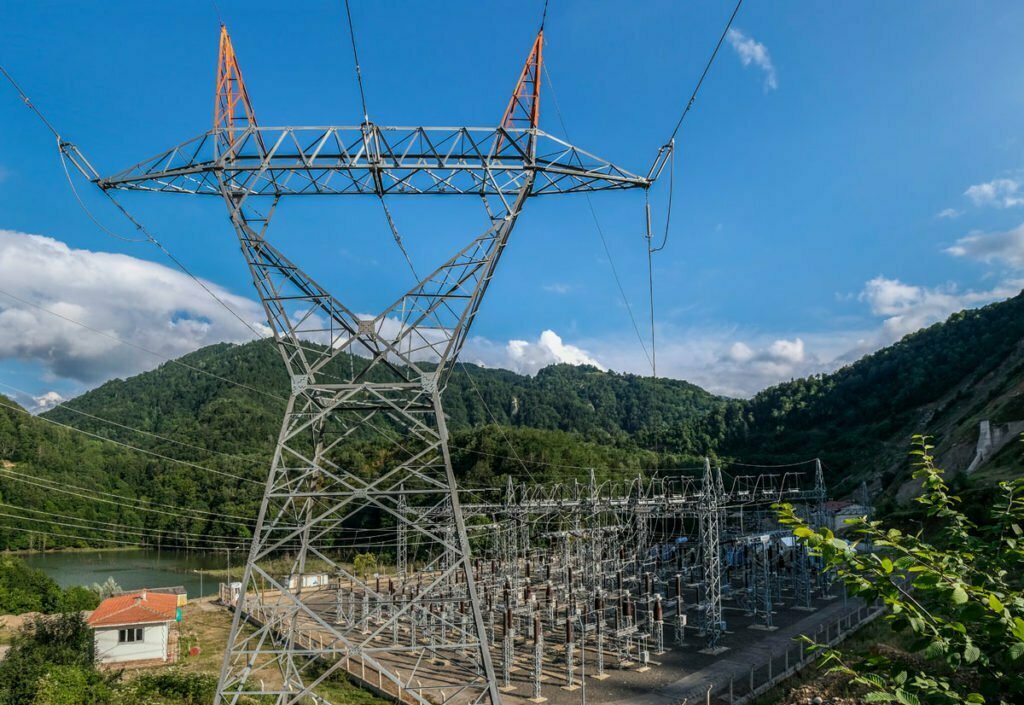
“The foundations of the Topçam Dam and HEPP were laid by the State Hydraulic Works (DSİ) in 1997. This dam is located within the boundaries of the district of Mesudiye. The construction of the dam and HEPP took many years, and it was only by 2016 that the plant began generating electricity. This means the construction lasted for 19 years. The water released from the Topçam HEPP is retained in the Karıca Intake Weir right below that holds water for the Darıca-I HEPP. The Topçam Dam and HEPP are listed among the dams and HEPPs that may be transferred to the Sovereign Wealth Fund. Dams and hydroelectric power plants are often presented as drivers of social and economic progress in the areas they are built in, but so far we have seen the complete opposite. Topçam was a case in point. In our conversations with the inhabitants of the area, they complained that the company had hired a mere handful of residents, that the river was running low, and that people had almost drowned in water releases from the dam without prior warning.”
Gül Ersan
8) BOZTEPE HEPP

“It was 2011 when we first saw the construction of the Boztepe HEPP in the Mesudiye district. Heavy-duty equipment had entered the Melet riverbed, redirecting the flow of water and narrowing the riverbed. The waste material excavated during the roadworks carried out as part of the project had been dumped everywhere in a haphazard manner, including in the riverbed, forested areas, and even inside the cemetery. The Boztepe HEPP came into operation in 2013.”
Gül Ersan